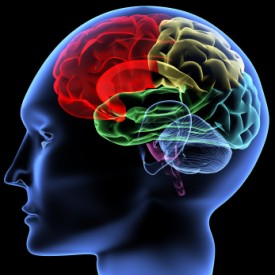An Overview of the Different Ways of Learning
For many people, it’s an epiphany to discover that there are different ways of learning.
We grow up realizing that people differ in their heights, their favorite foods, their senses of humor and so on. But, perhaps because so many of us went to schools that primarily taught using a particular set of methods, we never stopped to think about the fact that people also differ in their preferred styles of learning.
We could consider an understanding of the different ways of learning as a subset of the overall study of individual differences carried out by the field of Differential Psychology.
There are a number of different models that aim to categorize the range of different learning styles. Just to offer a couple of examples:
- David Kolb’s model focuses on two main distinctions between learners – whether they prefer to explore information abstractly or concretely and whether they prefer to take on an active outward role or an inward reflective role.
- Peter Honey and Alan Mumford’s model lays out 4 steps in the learning process and identifies at which step a particular learner excels.
In many cases, those associated with each model have developed assessment tests in order to determine how a given person would be categorized within that model. For instance, a student’s preference in Kolb’s model is assessed using the Learning Style Inventory (LSI).
One thing that is interesting about the VAK model is that it is tied in with similar concepts that evolved in a field called Neurolinguistic Programming (NLP). If you are at all interested in how our experience of language relates with inner subjective visual, auditory and kinesthetic sensory experiences, you might find it fascinating to more deeply explore NLP.
What all of these models have in common is the idea that, by identifying the different ways of learning that each person prefers, we can better tailor education to them to render it more effective. One corollary of this is that we can recognize when students are doing poorly not due to any personal failing but simply because their preferences are not being accounted for. Another is that group learning environments would optimally involve a variety of teaching strategies rather than just one or two.
The area of learning styles is a controversial one in academia. Not everyone agrees on whether these differences are real or relevant or on which model is most accurate or how we should best measure that. Yet, in spite of the controversy, many students, parents and educators have found an understanding of learning styles to be very helpful to them. Ultimately, it will be up to each person to make up his or her mind about what they believe regarding learning styles and how they’d like to see that translated into educational opportunities for themselves and their families.
If you benefited from this post and want to contribute, please
Helping a Kinesthetic Learning Child Prepare for Visual or Oral Tests: A Reader Question Learning Modalities and Why They are Important
